According to the AFP, nine people died during clashes between riot police and opposition leader Ousmane Sonko’s supporters on Thursday, June 1, 2023. Protests erupted in the country’s capital after the court slapped Sonko with a two-year prison sentence on charges of corrupting youth. The opposition says the verdict is politically motivated to prevent Sonko from contesting in the country’s presidential election next year.
On June 2, 2023, the government deployed Senegalese Armed Forces personnel to patrol the streets and restore order in Senegal’s capital, and we couldn’t help but notice the Senegalese military’s transport of choice – the AMZ Zubr. Along the streets of Dakar littered with burned cars, rocks, and broken glass and lined with busted homes and businesses, the Zubr combat truck rolled majestically forward.
The AMZ Zubr is a highly capable armored personnel carrier (APC) that has been in service with the Senegalese army for several years. In this review, we'll take a closer look at the features and capabilities of this vehicle and evaluate its suitability for military operations in Senegal.
Related: These Are The 8 Most Powerful Combat Trucks In The Nigerian Military
Senegal Army’s AMZ Zubr Design And Features

The AMZ Zubr is a 4x4 wheeled APC built to provide excellent protection for its occupants. It has a V-shaped hull designed to deflect blasts away from the vehicle, greatly improving its survivability in combat situations.
The vehicle is also equipped with bulletproof glass and can withstand small arms fire and grenade attacks. The Zubr has a capacity of up to 12 personnel, including a driver and commander.
It has a top speed of 68 mph and a range of approximately 1,000 km.
The vehicle is powered by a 6.7-liter Cummins diesel engine that produces 360 horsepower, giving it excellent off-road performance. The Zubr is also equipped with a hydraulic rear ramp that allows for quick and easy entry and exit.
The AMZ Zubr’s Performance And Suitability for Senegalese Army
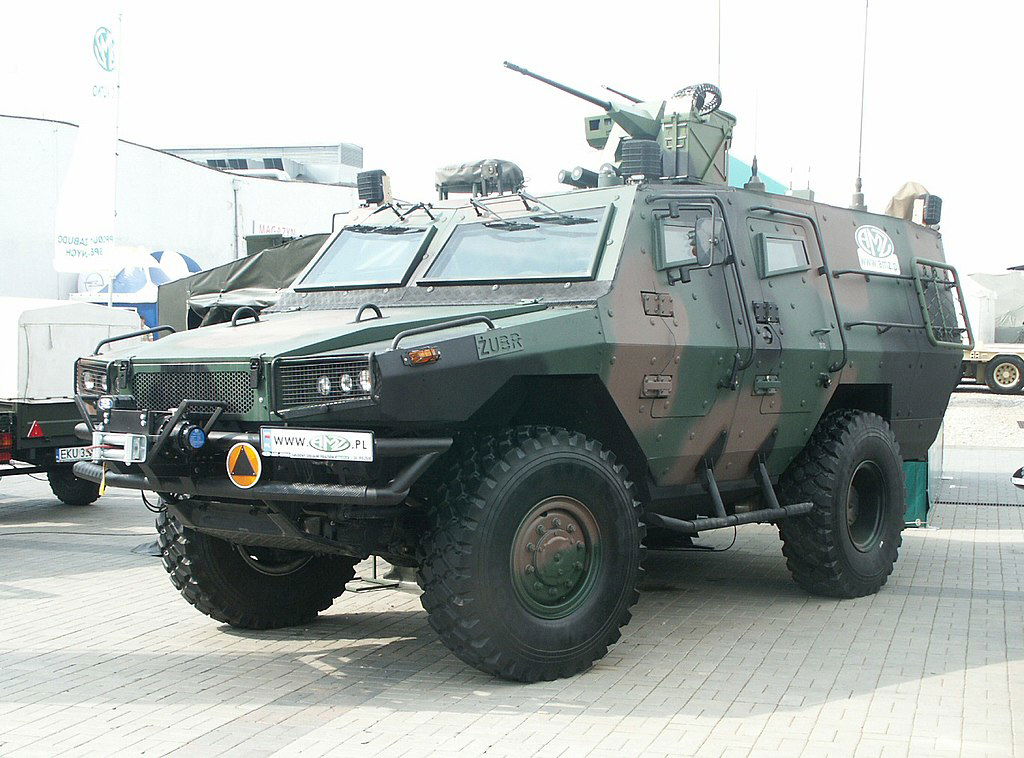
The AMZ Zubr's V-shaped hull and excellent protective features make it a highly suitable vehicle for military operations in Senegal.
The country has faced significant security challenges in recent years, including terrorist attacks and insurgency, and the Zubr's ability to withstand blasts and small arms fire would be a valuable asset in such situations.
The vehicle's off-road capabilities would also be highly beneficial in Senegal's diverse terrain, which includes desert, savannah, and coastal regions.
The Zubr's speed and range would allow for rapid response and deployment, making it an ideal choice for military patrols and tactical operations.
Related: Why The Oshkosh Defense L-ATV Is The World’s Most Expensive Combat Truck
Other Military Trucks Used By Senegal’s Armed Forces
Berliet VXB-170
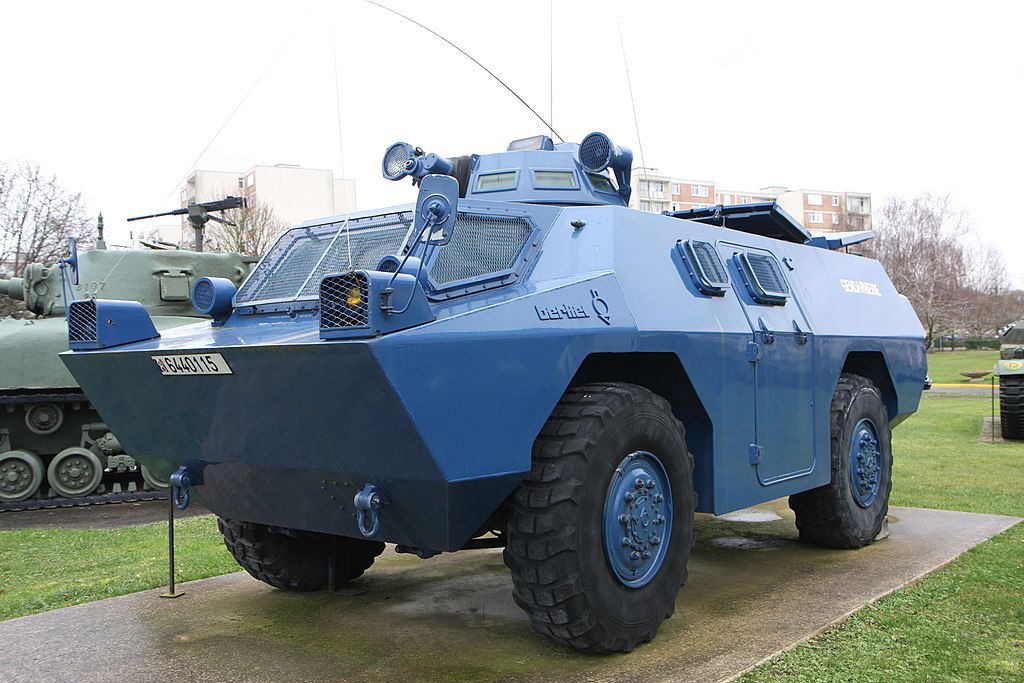
The Berliet VXB-170 is a heavy-duty military truck developed by the French company Berliet in the 1960s.
It was designed to meet the requirements of the French military, which needed a reliable and versatile truck capable of transporting troops and supplies in a variety of terrains, including off-road conditions.
The VXB-170 is powered by an 11.0-liter diesel engine that produces 306 horsepower and 1,275 pound-feet of torque, which allows it to carry a payload of up to 15 tons.
It has a 6x6 drivetrain with all-wheel drive and differential locks, which gives it excellent off-road capabilities. The truck also features a central tire inflation system, which allows the driver to adjust the tire pressure to suit the terrain.
The VXB-170 has a spacious cabin that can accommodate up to three people, including the driver.
It also has a wide range of optional equipment, such as a winch, a crane, and a hydraulic tailgate, which makes it a versatile platform for a variety of military applications.
The Berliet VXB-170 was widely used by the French military during the 1970s and 1980s, and it was also exported to other countries, including Saudi Arabia, Greece, and Morocco.
Despite being replaced by more modern trucks, the VXB-170 remains a well-regarded and iconic vehicle in the history of French military transport.
Ratel 20
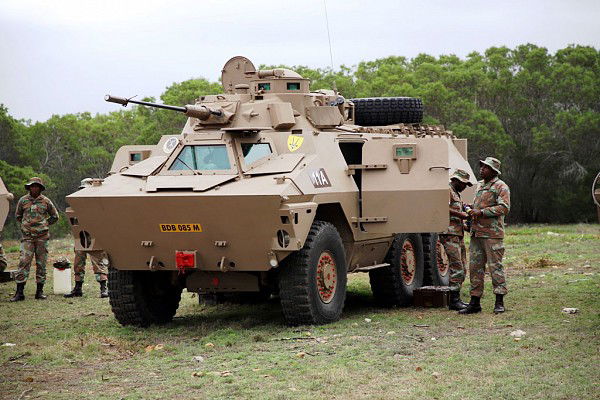
The Ratel 20 is a South African armored fighting vehicle designed and developed by the company Sandock-Austral during the 1970s.
It was originally intended to provide the South African military with a highly mobile and well-armed infantry fighting vehicle that could operate in a variety of terrains, including the rugged bushveldt regions of southern Africa.
The Ratel 20 is powered by a 20-liter, 600-horsepower diesel engine that gives it a top speed of approximately 62 mph. It has a 6x6 drivetrain with independent suspension, which gives it excellent cross-country mobility.
The vehicle is also equipped with a central tire inflation system, which allows the driver to adjust the tire pressure to suit the terrain.
The Ratel 20 is armed with a 20 mm cannon and a 7.62 mm machine gun, both of which are mounted in a fully stabilized turret.
The cannon is capable of firing high-explosive, armor-piercing, and armor-piercing incendiary rounds, which gives the vehicle the ability to engage a wide range of targets, including armored vehicles and fortifications.
The Ratel 20 has a crew of three, including the driver, gunner, and commander, and can carry up to eight fully equipped infantry soldiers in the rear compartment.
The vehicle is also equipped with a range of advanced communications and navigation systems, which allow it to operate effectively on the modern battlefield.
The Ratel 20 saw extensive service with the South African military during the apartheid era, and it was also exported to several other countries, including Namibia, Zimbabwe, and Croatia.
Despite its age, the Ratel 20 remains a highly capable and well-regarded armored vehicle, and it continues to be used by several countries around the world.
Related: The World’s Five Most Powerful Military Vehicles
M3 Half-Track
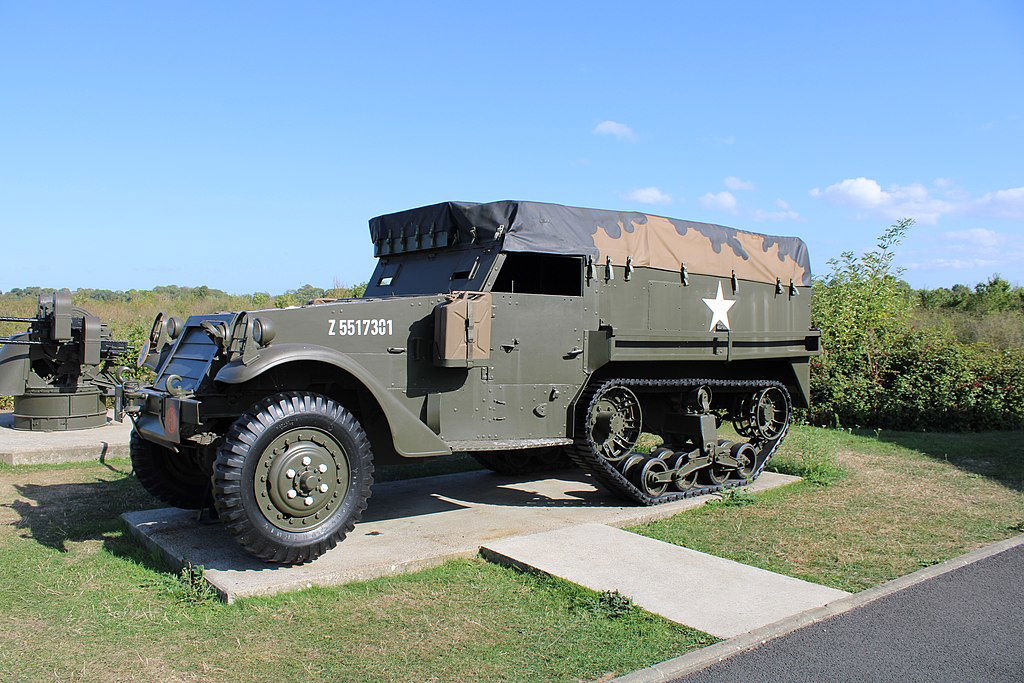
The M3 half-track was a World War II-era armored personnel carrier and artillery tractor used primarily by the United States and its allies.
The vehicle was developed in the 1930s as a solution to the need for a high-speed, cross-country vehicle that could transport troops and equipment over rough terrain.
The M3 half-track was based on the M2 half-track, which was developed in the late 1930s. The M3 featured a longer chassis, a redesigned body, and a more powerful engine.
It was equipped with a .50 caliber machine gun and a 37mm anti-tank gun, making it a versatile weapon on the battlefield.
The M3 half-track was used by the US Army and its allies in many theaters of war, including North Africa, Europe, and the Pacific. It was used primarily as a personnel carrier but could also get used as an artillery tractor or a cargo carrier.
Its ability to traverse rough terrain made it particularly useful in the harsh conditions of the North African desert.
The M3 half-track was eventually replaced by the M5 half-track, which featured improvements in armor protection, suspension, and engine power.
Despite this, the M3 remained in service throughout the war and was widely used by both American and Allied forces.
Today, the M3 half-track is a popular subject for military vehicle enthusiasts and collectors. Many have been preserved and restored and can be seen at military museums and events around the world.
Ivema GILA APC
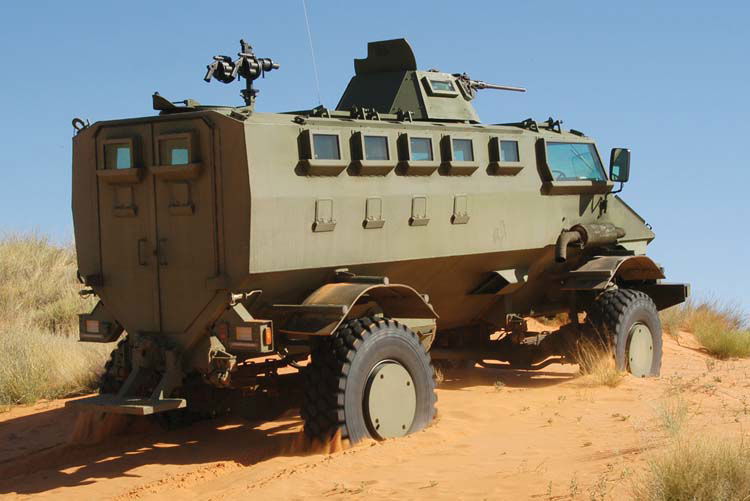
The Ivema GILA is a Brazilian-made Armored Personnel Carrier (APC) developed by the company Indústria e Comércio de Veículos Militares Ivema Ltda.
The GILA was designed to meet the requirements of the Brazilian military and law enforcement agencies for a vehicle that could operate in urban and rural environments while protecting its occupants.
The GILA APC has a monocoque steel hull with a V-shaped bottom to protect against landmines and IEDs.
The vehicle can carry up to ten fully equipped soldiers, including the driver and commander. The GILA is equipped with a 4x4 drivetrain and can travel at speeds of up to 68 mph on paved roads, and up to 31 mph off-road.
The GILA APC is armed with a remote-controlled weapon station (RCWS) that can be fitted with a variety of weapons, including a 12.7 mm heavy machine gun or a 40 mm automatic grenade launcher.
The RCWS is operated from inside the vehicle, providing the crew with protection while engaging targets. In addition to its primary role as an APC, the GILA can also be configured for a variety of other roles, such as ambulance, command post, or reconnaissance vehicle.
The vehicle has been deployed by the Brazilian military and law enforcement agencies and has also been exported to other countries.
Overall, the Ivema GILA is a versatile and capable APC that provides a high level of protection and mobility in a variety of environments. Its modular design and adaptability make it a popular choice for military and law enforcement agencies around the world.